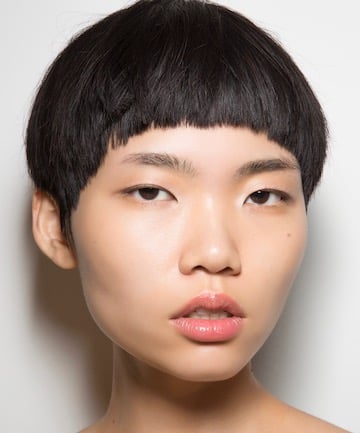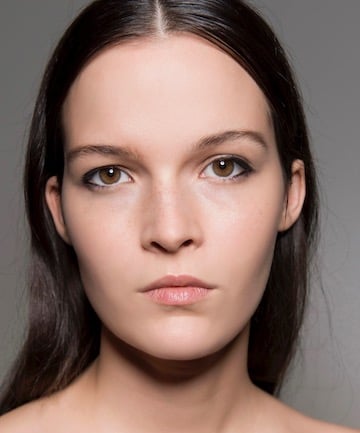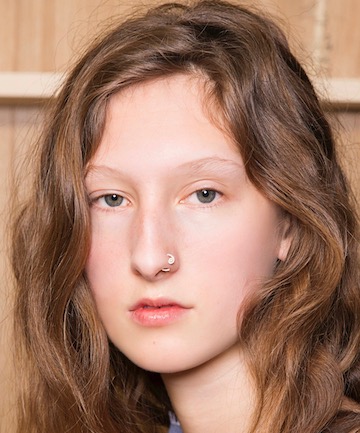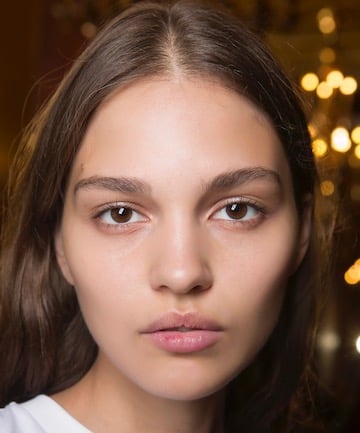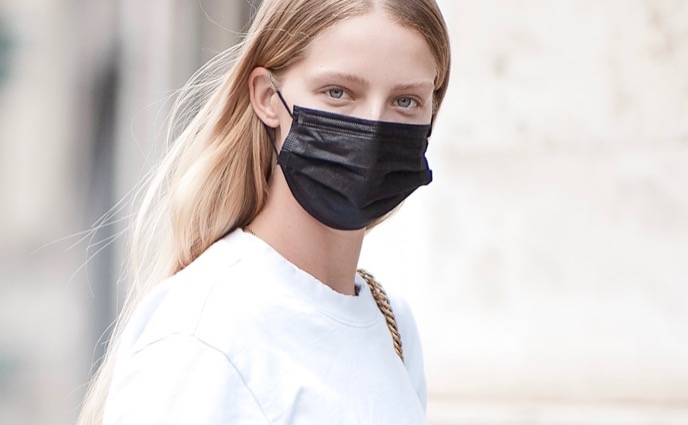Summer skin care articles are a dime a dozen right now. In them you'll find a bounty of terms that you probably know along with many you don't quite understand. To help break down the jargon, we're defining common sun care terms. Keep reading to discover the difference between UVA and UVB rays, the definition of photosensitivity and much, much more.
Image via Imaxtree
There are two primary types of ultraviolet (UV) rays produced by the sun: UVA and UVB. Both can damage your skin, but the way they cause damage is different. UVA rays affect the deep layers of our skin. They're the primary cause of premature signs of aging, including wrinkles, fine lines, skin laxity and hyperpigmentation. (A good way to remember is to pretend the "A" stands for aging.) They are also primarily responsible for skin cancer.
"UVA rays account for about 95 percent of radiation that reaches the Earth's surface," notes Dr. Annie Gonzalez, board certified dermatologist at Riverchase Dermatology. "UVA rays are also the main type of light used in tanning beds."
Image via Imaxtree
UVB rays are the second type of UV rays produced by the sun. While we may not see the damage of UVA rays until much later, the effects of UVB rays are more immediate. You can see the damage via sunburns. (Pretend the "B" stands for burn.) "UVB can also cause problems with the immune system and the eyes," explains Gonzalez.
Image via Imaxtree
Broad spectrum refers to a sunscreen formulation that protects against both UVA and UVB rays. Any sunscreen you purchase nowadays falls into this category. Back when sunscreens were first being formulated, most only protected against UVB rays. After all, it made sense to focus specifically on preventing burns. What ended up happening is that many people basked in the sun with their UVB sunscreen feeling like they were protected leading to a temporary spike in skin cancer.
Image via Imaxtree
An abbreviation for "sun protection factor," SPF refers to the rating system by which we determine how much protection we're getting against UVB rays. According to The Skin Cancer Foundation, "The SPF number tells you how long the sun's UV radiation would take to redden your skin when using the product exactly as directed versus the amount of time without any sunscreen. So ideally, with SPF 30 it would take you 30 times longer to burn than if you weren't wearing sunscreen."
Image via Imaxtree



